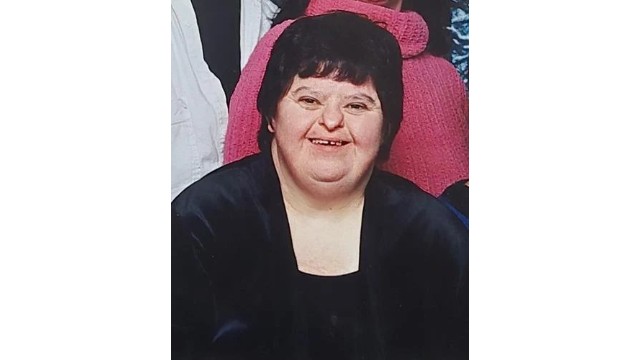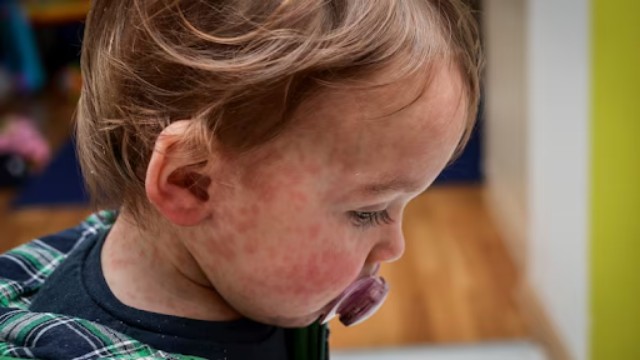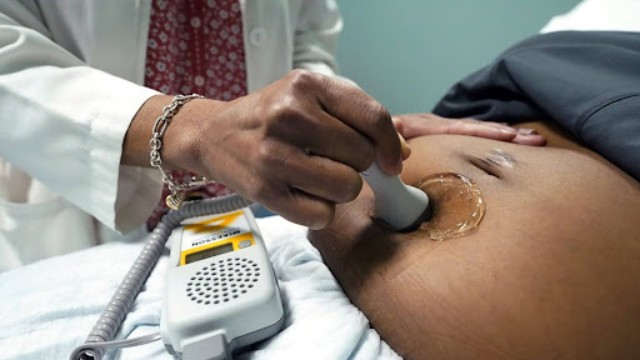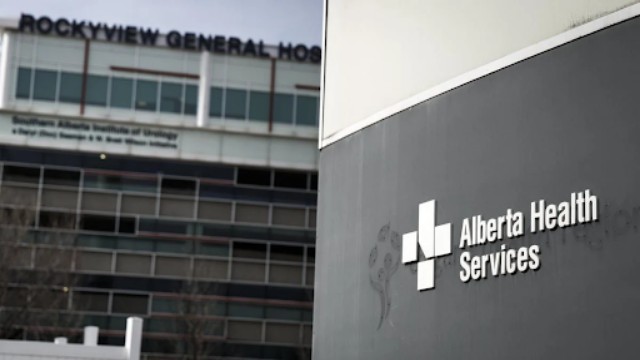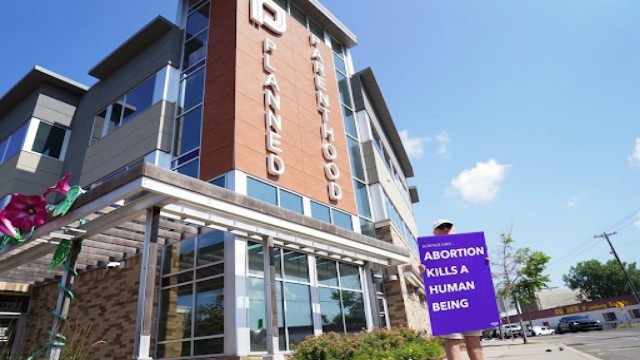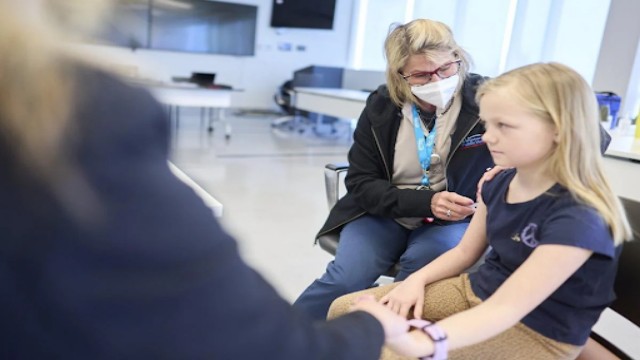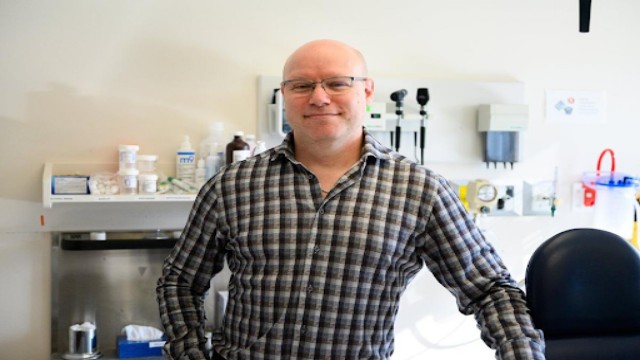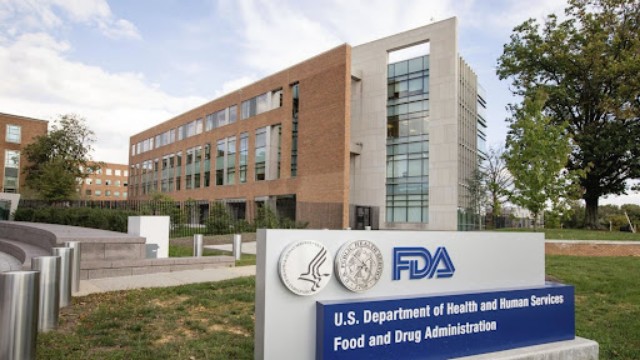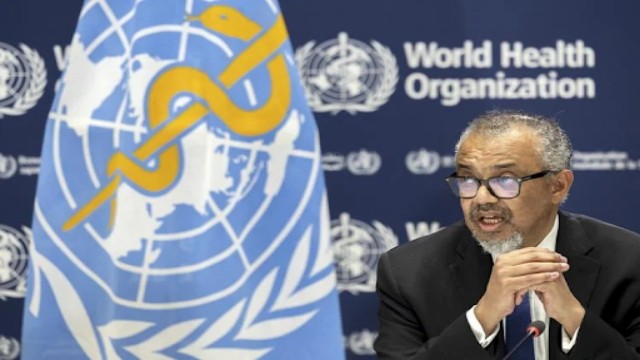
In 2024, a 16-year-old received a measles, mumps, and rubella shot from a nurse with Toronto Public Health. At the same time, health officials across Ontario are working to boost vaccination rates among elementary school kids. (Evan Mitsui/CBC)
Medical experts are sounding the alarm as measles outbreaks continue to spread rapidly across Ontario and Alberta. They’re urging public health leaders to act fast by expanding vaccination efforts and delivering clear messages to the public.
In the past week alone, Ontario reported 223 new suspected and confirmed measles infections, pushing the total count to more than 1,200 cases. Alberta has logged 210 confirmed cases since October 2024. Health officials say this marks the sharpest weekly increase since the outbreak began.
The hardest-hit region in Ontario is Southwestern Public Health, which covers the city of St. Thomas and nearby counties. So far, 84 individuals in Ontario have required hospital care, including 63 children, and eight have been admitted to intensive care units.
Measles, a disease that can be prevented through vaccination, starts with symptoms like fever, cough, and watery eyes, followed by a blotchy red rash. It spreads extremely fast among unvaccinated people—even in communities where most residents are vaccinated. To keep outbreaks at bay, health authorities aim for at least 95% vaccination coverage, a target that remains unmet in many areas.
Several factors have contributed to this decline. The COVID-19 pandemic disrupted routine health services, including immunizations. In addition, vaccine misinformation continues to flood social media platforms, eroding public trust and creating confusion.
Dr. Mark Joffe, Alberta’s former chief medical officer of health, didn’t hold back in a recent speech, saying, “There has been a complete failure of leadership at all levels, and the public has become complacent.”
Current vaccination rates tell a worrying story. In Ontario’s Halton Region, which includes Oakville, only 24.6% of seven-year-olds were vaccinated in the 2022-23 school year. Across the province, just one health unit—Kingston and its surrounding area—reached the 95% target. Alberta fared worse, with no region meeting that goal.
Dr. Joanna Oda, a public health official in Oakville, suspects the numbers may be underreported because many families simply don’t know they need to submit vaccination records. Reporting is mandatory in Ontario and New Brunswick for school attendance, with few exceptions.
Another roadblock is access. During the pandemic, in-person visits dropped significantly, and many health providers shifted focus away from preventive care. Even now, families willing to vaccinate their children may struggle to find a doctor or clinic.
Dr. Michael Gardam, an infectious disease expert, believes stronger messaging is key. “Social media is full of misinformation,” he said, “and we need to do more to make the facts reach people.”
Dr. Allison Gonsalves of Alberta Health Services said her team has noticed a 78% jump in demand for measles vaccines in April compared to March in the South Zone, suggesting that public concern is growing.
Still, in parts of Alberta, immunity levels hover around 10%. The average in cities like Calgary and Edmonton is just above 70%.
The Alberta Medical Association’s president, Dr. Shelley Duggan, called on officials to offer weekly updates, expand vaccine access in pharmacies, and educate the public. “This is a serious issue,” she said. “We need public health at the forefront.”


